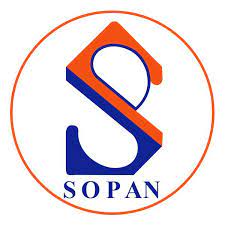.jpg)
Product Category:
Analgesics and Antipyretics
Composition:
Paracetamol and Caffeine Tablets IP (500mg and 65mg)
Therapeutic Category:
Centrally acting Analgesic + Methylxanthine (CNS Stimulant)
Mechanism of Action:
• Suggested mechanism for caffeine induced analgesia includes antagonism of the adenosine A1, A2A, and A2B receptors (caffeine and adenosine possess a similar molecular structure).Through antagonism of the A2A, and A2B receptors, adenosine induces vasodilation. Because of the increased antagonism of these receptors and vasodilation with caffeine administration, adenosine receptors are known to be upregulated resulting in vascoconstrictive effects. Adjuvant action of caffeine on combination with analgesics has also been documented. • The exact mechanism of action of paracetamol has not been fully understood. Studies show that it has the ability to inhibit the cyclooxygenase (COX) pathways & is also thought to exert central actions which ultimately lead to the alleviation of pain symptoms. It has been shown that the antipyretic property of paracetamol is probably because of the action on heat-regulating centers in the brain, resulting in peripheral vasodilation, sweating, and loss of body heat.
Indications:
The combination of paracetamol and caffeine is used in painful and febrile conditions, like, headache, including migraine, backache, toothache, rheumatic pain and dysmenorrhoea, and relief of the symptoms of colds, influenza and sore throat.
Dosage:
One tablet 4 times/day or as directed by the physician (maximum of 8 tablets in 24 hours.)
Pack Size:
10*10s (Blisters)
